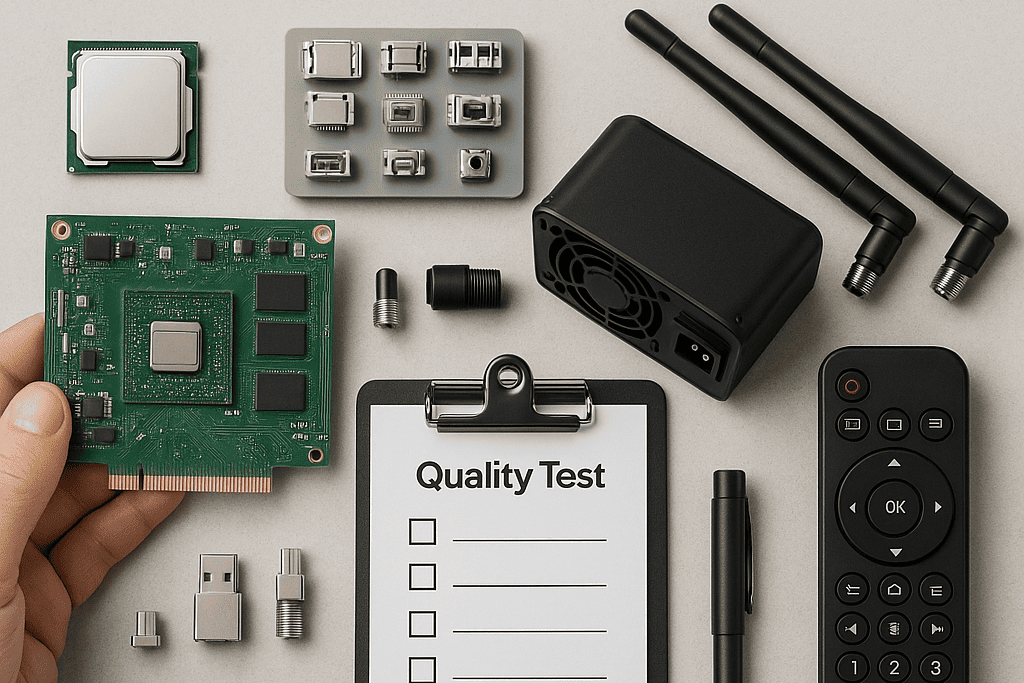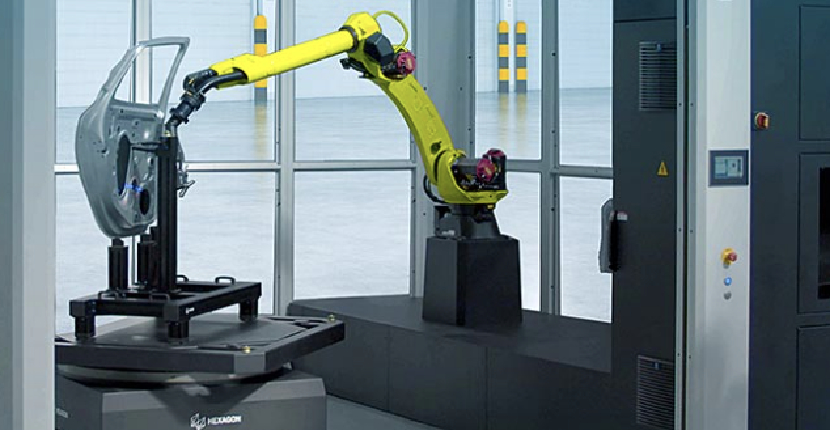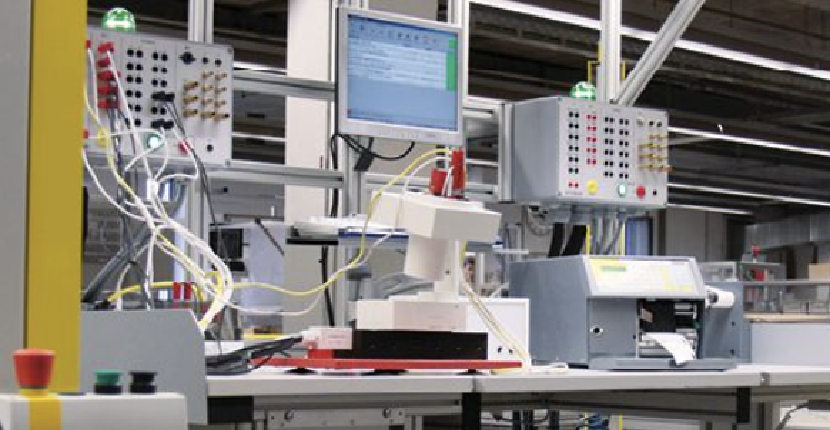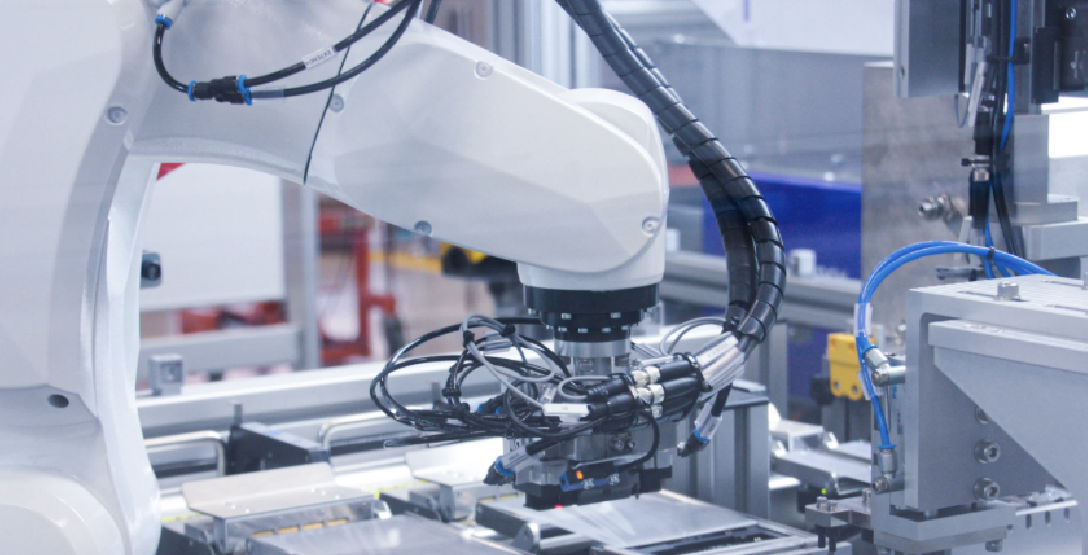
Design and Prototyping
The initial step involves the conceptualization of the product, which includes defining the product's specifications, features, and intended use (e.g., STBs for TV streaming or routers for networking). Engineers design the internal circuitry, including the motherboard, power supply, connectors, and ports. They ensure compatibility with the required communication protocols (e.g., Wi-Fi for routers or HDMI for STBs).
Sourcing Components
The required components such as the chipset (CPU, memory), connectors, casing, power supply units, antennas (for routers), and remote controls (for STBs) are sourced from various suppliers. The quality of components is tested to ensure they meet industry standards and are compatible with the overall design.


Assembly of Components
In this process, small electronic components such as resistors, capacitors, and chips are placed on the PCB using automated machines (pick-and-place machines). Larger components like connectors and ports are manually soldered onto the PCB. These components are inserted through holes in the PCB and soldered to the circuit.



